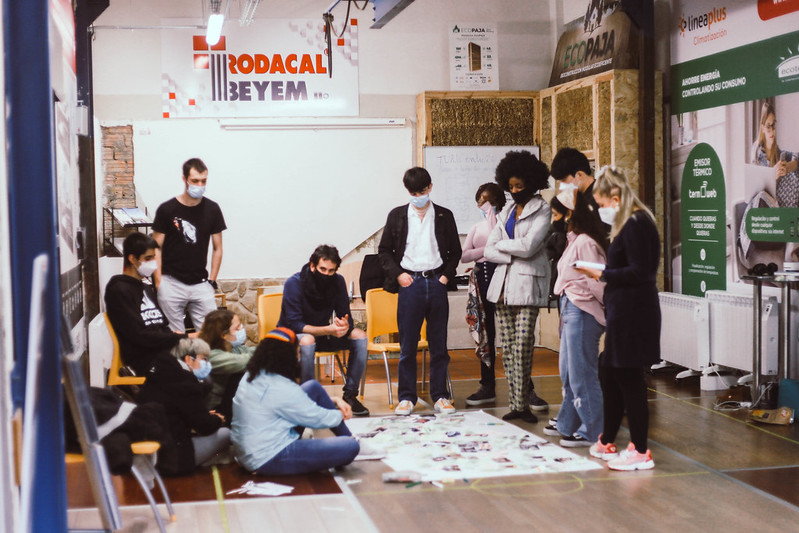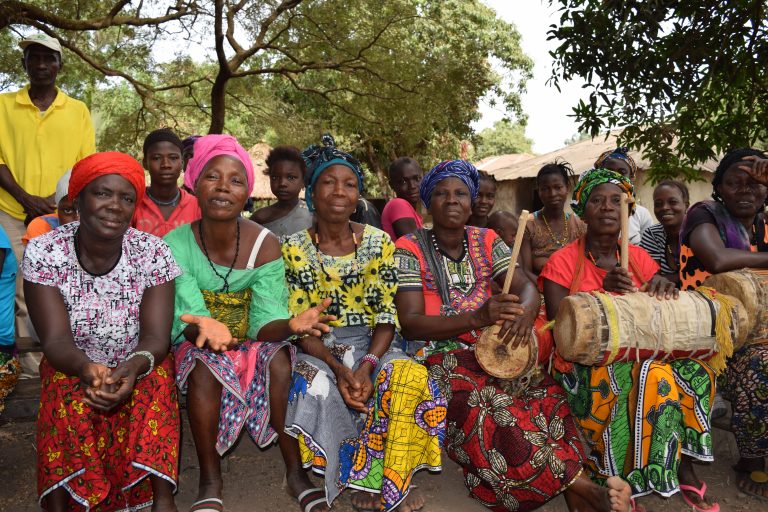Storytelling Guide
Stories are good when they capture people’s interest. Here’s a guide to help you:
Take some time to consider what IS your story? This sounds rudimentary, but it’s easy to forget the real story behind the numbers. If you are celebrating your co-op’s 25th anniversary, ask yourself, why was your co-op created? What solution did your co-op develop for the community that it serves? How did it help the community? What impact did it have on families? Do some research and think about who within your co-op community will have inspiring stories to share.
Find a main character for your story. Can you tell the story through the eyes of someone in your co-op or your community, who has been impacted in a meaningful way? Using a personal story is an effective way to engage an audience.
Keep it simple. Minimize the use of jargon and technical language.

Stories should be submitted in English. Our website will translate it into 10 different languages.

Context is everything! Don’t assume that our audience will know who your co-op is, what it does, or why it’s important. Give them the context, and remember, make sure your story has a beginning, middle, and an end.
Using multimedia to tell your story. Today, all stories and content are published across several digital platforms: Websites (like this one!), social media, and video. Use more than one medium to tell your story — always include photos with your written stories, and make sure it’s between 200-600 words. If possible, don’t send us photos of people shaking hands or posing in front of a sign. Instead, send us pictures of people in the community, doing their jobs, or high-quality close-up shots of the people in your story. If you have a video of this story, upload it onto your video channel (i.e. YouTube or Vimeo) and make sure you include the link to it in your submission.
Video stories. Today, it’s getting easier to produce short videos to tell your story. Here are some video tips for some ideas.
